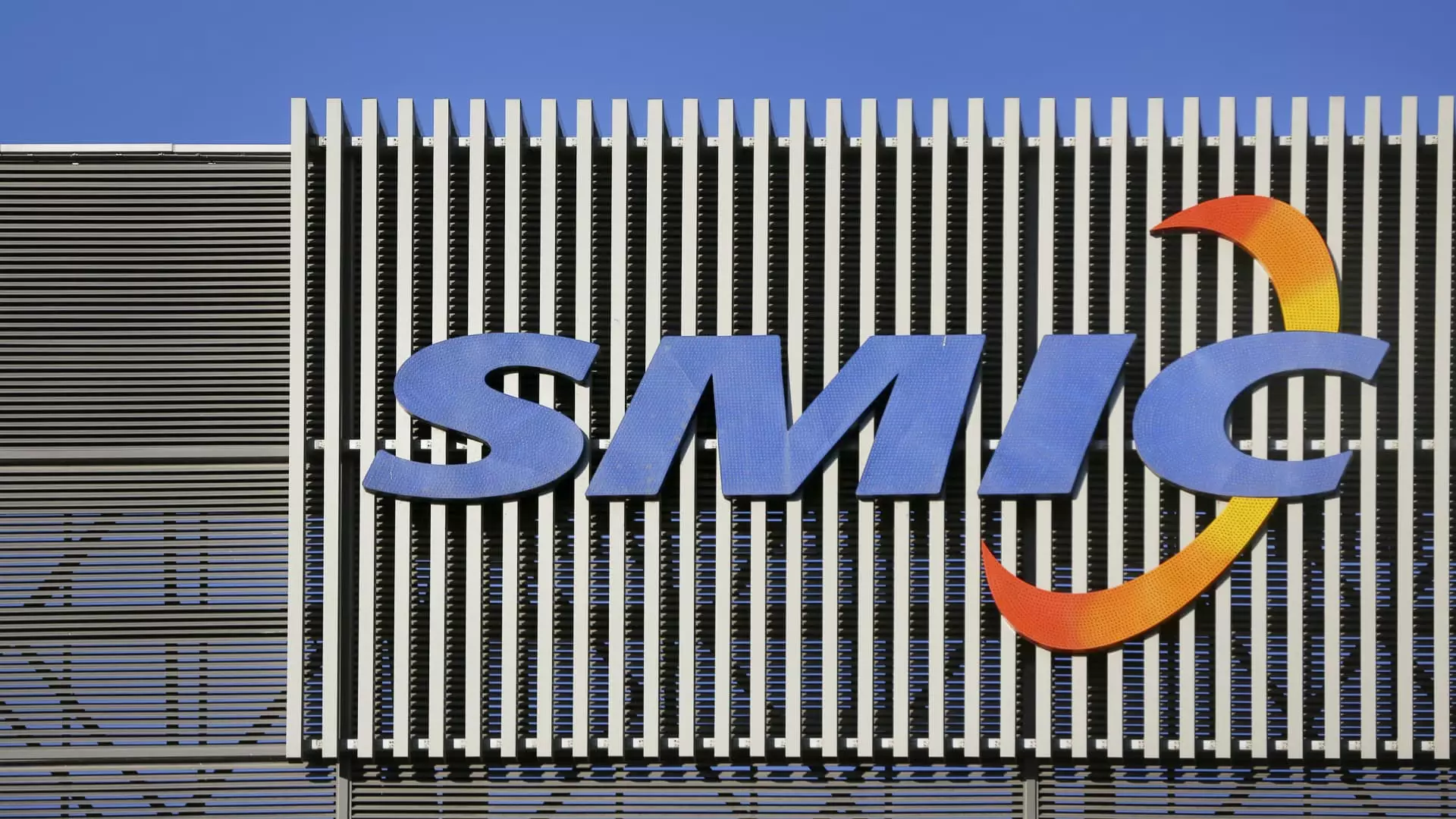Semiconductor Manufacturing International Corporation (SMIC) recently highlighted the intense competition within the chip industry during its earnings call. The company mentioned that competition has been increasingly fierce, and the pricing for commodity products follows market trends. SMIC aims to stay competitive by constructing quality technology platforms that push advancements in mainland China by one to two generations. However, analysts point out that SMIC still lags behind industry giants like Taiwan’s TSMC and South Korea’s Samsung Electronics.
First Quarter Performance
In the first quarter, SMIC reported a net income that was 68.9% lower than the previous year, falling short of analysts’ expectations. The company’s gross margin also dipped to 13.7%, the lowest recorded in nearly 12 years, according to data. Despite this, SMIC’s revenue for the first quarter saw a 19.7% increase from the previous year, with customers stocking up on chips. This increase in revenue surpassed analysts’ estimates, indicating a strong demand for SMIC’s products.
SMIC noted that the integrated circuits industry was still in the recovery stage in the first quarter. Customers were gradually improving their inventory, indicating a positive trend in the market. The firm observed that global customers were more willing to build up inventory compared to three months ago. However, SMIC faced challenges in fulfilling rush orders as some production lines were operating at near maximum capacity. This highlights the need for the company to invest in capacity construction to meet the growing demand.
With over 80% of its revenue coming from customers in China, SMIC is focusing on enhancing its competitiveness and increasing market share. The company plans to prioritize areas such as capacity construction and research and development activities for investments. As a strategic move, SMIC announced that it would not pay dividends for the year 2023 to maintain its leading position in the competitive market and protect investor interests. The company aims to leverage customer demand, technology readiness, and capacity to grow stronger despite facing fierce competition.
Looking ahead, SMIC expects its second-quarter revenue to rise due to strong demand, but it anticipates a further dip in gross margin. The company attributes this decline to the increase in capacity scale and subsequent rise in depreciation. Furthermore, SMIC’s placement on a U.S. trade blacklist in 2020 has restricted its access to certain U.S. technologies. Despite this setback, SMIC’s chips powered Huawei’s Mate 60 Pro smartphone, showcasing the company’s technological capabilities.
While TSMC and Samsung are ahead in manufacturing advanced chips, SMIC remains focused on innovation and growth. The industry trend towards smaller chip sizes, denoted by nanometers, highlights the need for technological advancements. SMIC’s ability to produce 7-nanometer chips for Huawei’s smartphone demonstrates its potential to compete in the market.
SMIC faces challenges such as intense competition, pricing pressure, and technological restrictions. However, the company’s focus on innovation, market expansion, and customer demand positions it to overcome these challenges and emerge stronger in the semiconductor industry. By investing in capacity expansion, research, and development, SMIC can maintain its competitive edge and drive growth in the evolving chip market.


Leave a Reply